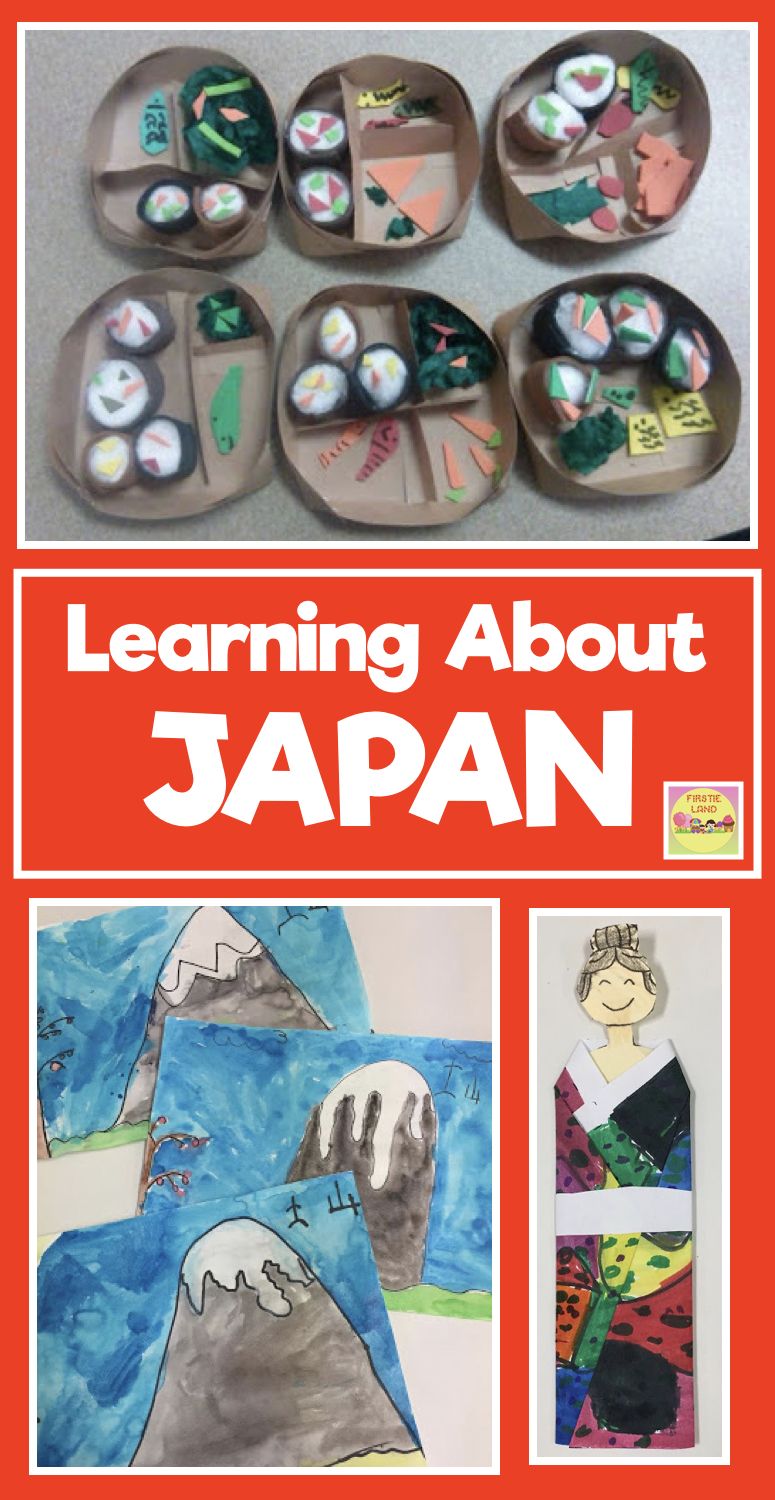Facts About Origami In Japan
Japanese monks folded origami figures for religious purposes.
Facts about origami in japan. Oru meaning to fold and kami meaning paper. For the initial 1500 years or so of its existence origami was actually known as orikata a japanese word that translates to folded paper. Square watermelons make an expensive gift in japan.
Origami cranes on the tree. Earlier it was called orikata folded shape the japanese word for paper kami is the same written word as the japanese word for spirit or god and certain origami models were part of their religious ceremonies. It was in 1880 that the name of the art form was changed to origami derived from two japanese words.
Composed of the japanese words oru to fold and kami paper origami has a rich and complex history that spans culture class and geography. Japan has the world s largest wholesale fish market. Japan has the world s shortest escalator.
Japan has the galapagos of the orient. Origami was also used in various formal ceremonies such as the practice of folding paper butterflies to adorn sake bottles at a japanese couple s wedding reception. The name origami was coined in 1880.
The name origami is derived from the japanese words oru to fold and kami paper. Top 10 interesting facts about japan. Origami became a traditional and popular art form in japanese household.
Origami as probably everyone knows is the ancient japanese art of paper folding. Before that the art was called orikata folded shapes. Years went by and paper became less and less expensive.
A page from akisato rito s sembazuru orikata classical. It uses many techniques and various objects can be created. Origami originated in japan.
Origami found its way in japanese celebrations and weddings where origami art was used to wrap and fold in the form of a shape representing the bride and groom. Many dictionaries and television shows suggest that origami is only paper cranes. In the sixth century ad origami was introduced to japanese people and it eventually became ingrained into the japanese culture so much so that it has been and is still strongly associated with japan.
Origami paper sizes typically range from 2 5 to 25 centimetre 1 to 10 inch squares although they can be larger and the most common size is 15 cm 5 9 inches. Origami is a traditional japanese art of paper folding. Origami is derived from two japanese words ori folded and kami paper.




















